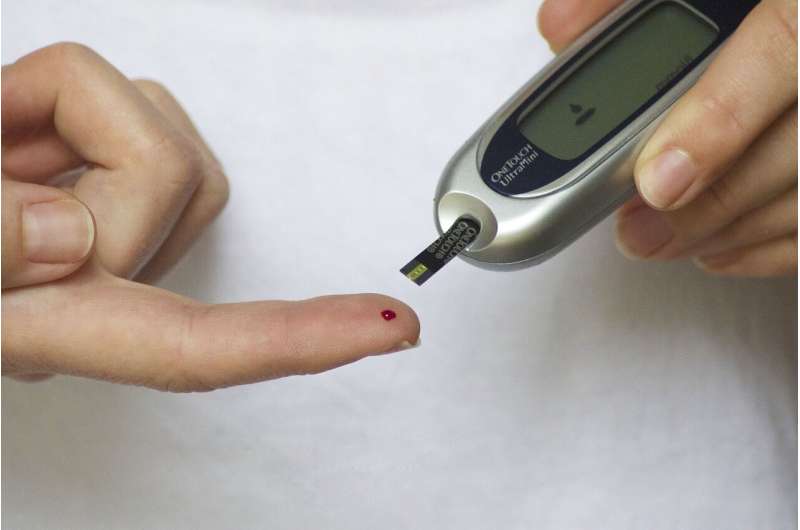This article has been reviewed according to Science X's editorial process and policies. Editors have highlighted the following attributes while ensuring the content's credibility:
fact-checked
trusted source
proofread
Race and social vulnerability impact glycemic control in people with diabetes

People of color and those who experience social vulnerability are more likely to experience worse glycemic control than their white counterparts, according to research presented at ENDO 2024, the Endocrine Society's annual meeting in Boston, Mass.
"As of 2021, 29.7 million people were living with diabetes, contributing to significant morbidity across the population. Despite advances in diabetic care, marginalized populations bear an increased burden of diabetic complications," said study author Jennifer Tich, M.D., from Internal Medicine-Pediatrics R3 at the University of Rochester in Rochester, N.Y.
Tich and colleagues identified about 26,000 people living with diabetes. They used census data to calculate their social vulnerability index (SVI) based on 16 variables in four themes: socioeconomic status, household characteristics, racial/ethnic minority status, and housing/transportation.
The scoring range for individual SVI is ranked 0 (lowest) to 1 (highest vulnerability). They also accounted for self-reported race and ethnicity, food and housing insecurity, transportation and social isolation.
"We found that both race and social vulnerability were independently associated with diabetes control. Increasing social vulnerability was associated with worsening glycemic control across all racial groups studied," said the study's Principal Investigator and University of Rochester Professor, Robert Fortuna, M.D., M.P.H.
"Within a given social vulnerability category, non-white participants had worse diabetic control than white participants."
Specifically, the data revealed 73.6% of patients had controlled HbA1C (white: 75.7%, Black: 66.1%, Asian: 75.2%, and other races: 67.3%). However, when controlling for race, social vulnerability led to worse control.
Around half of the patients were additionally surveyed on social determinants of health. Those who reported food insecurity showed lower rates of glycemic control (67.7%) compared with those without food insecurity (79.8%).
Patients who reported housing insecurity fared similarly, with 66.0% having lower control compared with their counterparts who had better housing security (80.1%). People with no unmet transportation needs had better glycemic control (79.2%) than those who had unmet transportation needs (67.7%).
"These findings highlight the importance of social vulnerability and social determinants of health on the control of diabetes. These findings further depict the persistent racial disparities across the spectrum of social vulnerability," Tich said.



















